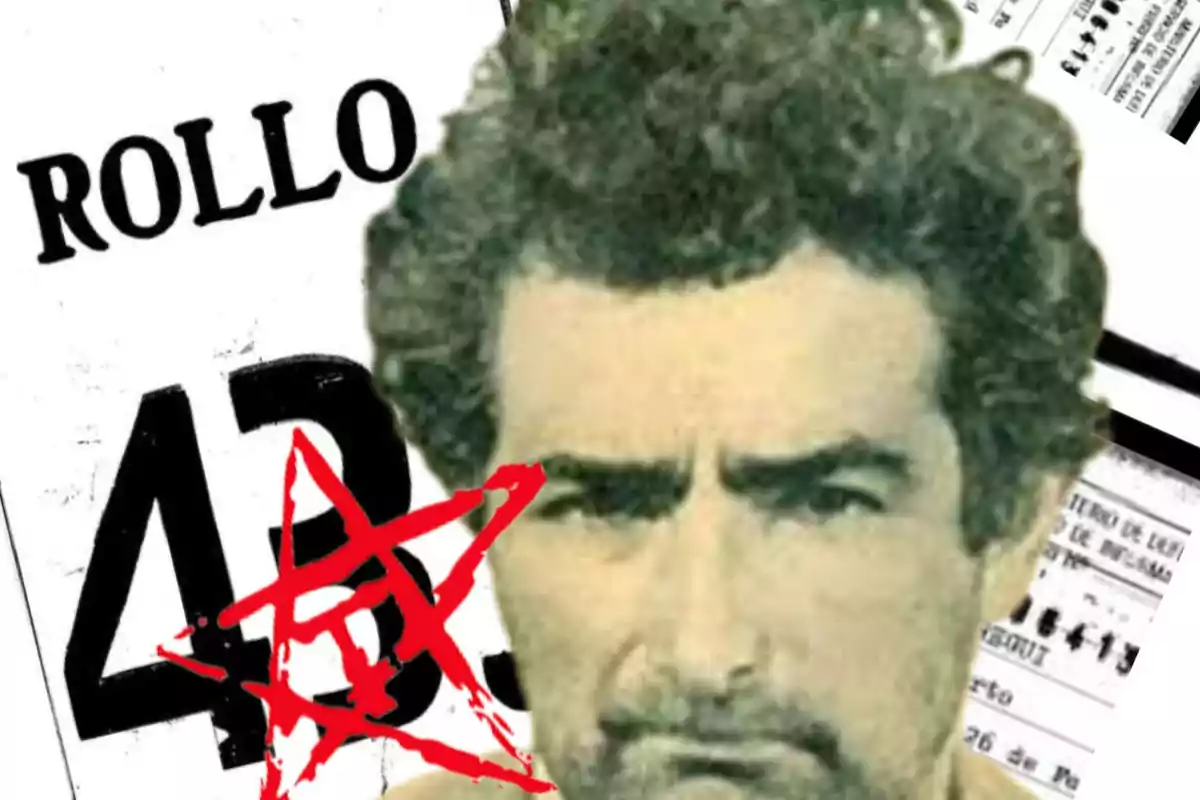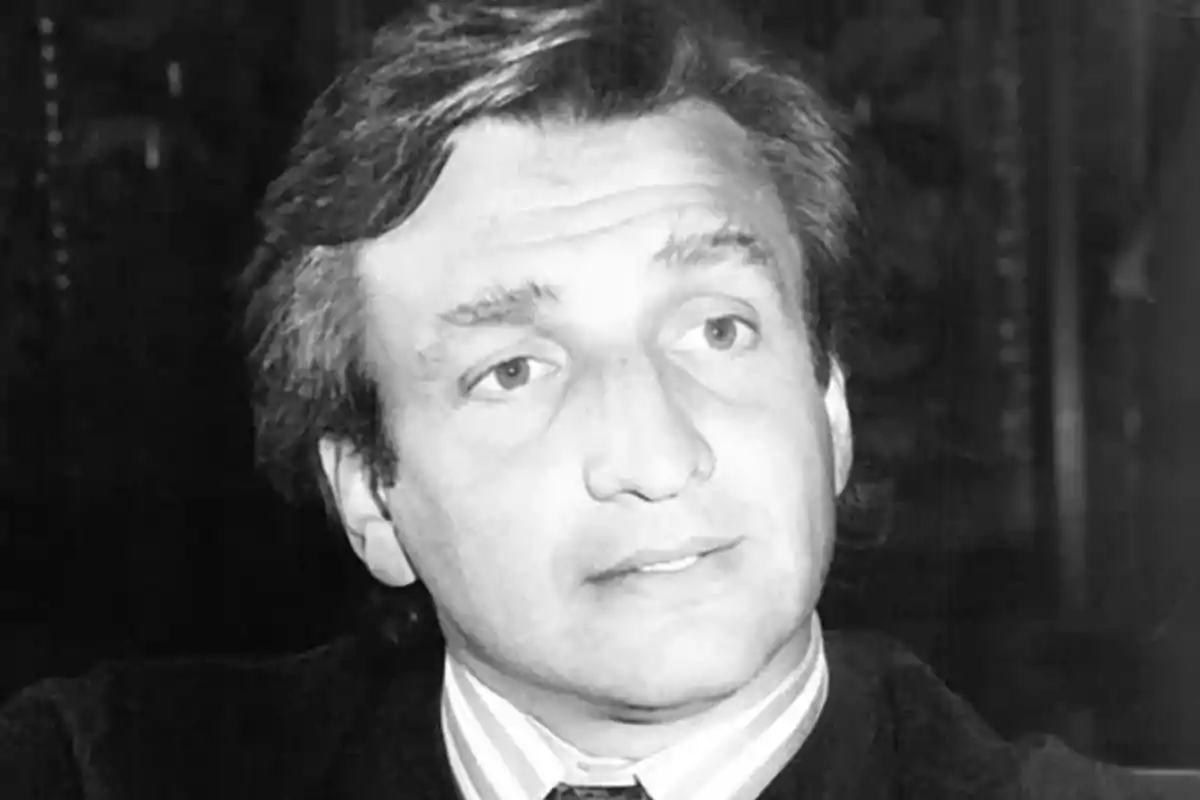
Mujica betrayed his teammates and collaborated with the military in 1972
According to military intelligence files, José Mujica collaborated with the military and turned in his own comrades
Military intelligence files reveal that José Mujica betrayed several members of the National Liberation Movement - Tupamaros in 1972, during the constitutional government of Juan María Bordaberry.
The file "Uruguay's Archives of Terror - SID Archive (Berrutti) - Roll 314r - SID General File No. 126701 to 127600" indicates that at the Florida barracks located next to the Buceo cemetery in Montevideo, where there is currently a housing complex, Mujica and other seditious leaders collaborated with the barracks officers by betraying dozens of Tupamaros.
Why did he do it? To try to save his own skin.
The Florida Barracks, also known as Infantry Battalion No. 1 "Florida," was a unit that served as a military operations center, mainly in 1972 before the institutional breakdown of June 27, 1973.
Collaborator of the military
In 1972 several terrorist leaders were detained in the Florida barracks. Raúl Sendic Antonaccio, Eleuterio Fernández Huidobro, Mauricio Rosencof, Henry Engler Golovchenko, Julio Marenales Sáenz, Jorge Pedro Zabalza Waksman, Adolfo Wassem Alanís, and José Alberto Mujica Cordano, among others.
The latter was one of the most active collaborators of the officers. Mujica, who at that time was 37 years old, told Lieutenant Armando Méndez where several Tupamaros who were still at large in Montevideo were hiding.

Mujica handed over hideouts and valuable documentation to Méndez in exchange for not being mistreated in the barracks.
His collaboration with the officers went far beyond a simple identification. He provided specific details about dozens of members of the MLN Tupamaros who were arrested in the following weeks.
According to the aforementioned file, Mujica, alias "Facundo" or "Emiliano," identified dozens of Tupamaros, mainly from the western area of Montevideo.
He gave the officers the names, surnames, and aliases of his own comrades, who within a few weeks were arrested and held in various locations.
The falsified story
The story seeks to present José Mujica as a fighter faithful to his principles, but he was an informant and a collaborator who, in order to save his own skin, was capable of betraying dozens of his own comrades.

Since he had been promised that he would not be mistreated if he collaborated with his captors, Mujica had no qualms about sitting down to "negotiate" with the barracks officers, providing details about his comrades and his organization.
"You sent me to jail"
Much later, in 2011, former Tupamaro Sergio Lamanna confronted Mujica at the exit of an event when he was president of the Republic.
Lamanna shouted at him, "Pepe, you, la Tronca, and el Ñato turned us in at the prison and now you're handing the people over to the multinationals. You're handing over a people and the blood of our comrades," he said.

La Tronca is none other than Lucía Topolansky, who in 1972 was an active Tupamara, and as is known, in 2011 was Mujica's wife.
"El Ñato" is Eleuterio Fernández Huidobro, alias "Jesús," another collaborator of the military in 1972.
The file also reveals that Mujica may have had contacts in 1970 with the SID (Defense Information Service).
Although it is not specified what those contacts consisted of, it is very likely that Mujica's collaboration with Army intelligence officers began at least in 1970.
From informant to president
Of course, to justify that he turned in his own comrades, it is claimed that he did so because he was subjected to "torture."
None of that. He collaborated to save his own skin. In 1985 he regained his freedom without having served his full sentence, and began a political life disguised as a democrat, until in 2010 he became president of the Republic.
Having been president doesn't exempt him from being an informer of his own comrades.
More posts: